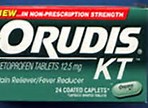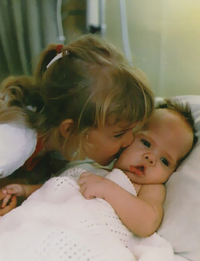In a instant news email the Myotonic Dystrophy Foundation (MDF) released information that the Ionis Pharmaceutical Drug DMPK-2.5Rx research project has been canceled. The drug DMPK-2.5Rx did not work, and did not get the correct amount of therapeutic drugs into the cells of the patients with myotonic dystrophy. The company may still continue research on a more potent combination but the current trial is halted.
This is hard to hear news for the myotonic community. This is the second drug in development to fail. This new drug is part of a number of new generation of interest drugs in trying to find a drug to treat the disease. There are still a number of drugs in development but the Ionis one was the most advanced. Perhaps the information in this trial will be of help to the other drugs in development. For those in the late stages of the disease the length of time to find a treatment that is FDA approved in unlikely now.
There continues to be some “off label” treatments including erythromycin and some NSAIDS as well as Actinomycin-D but none have had any proven human effect.
More information below.
Ionis Pharmaceuticals Reports on
DMPKRx Phase 1/2 Clinical Trial
|





